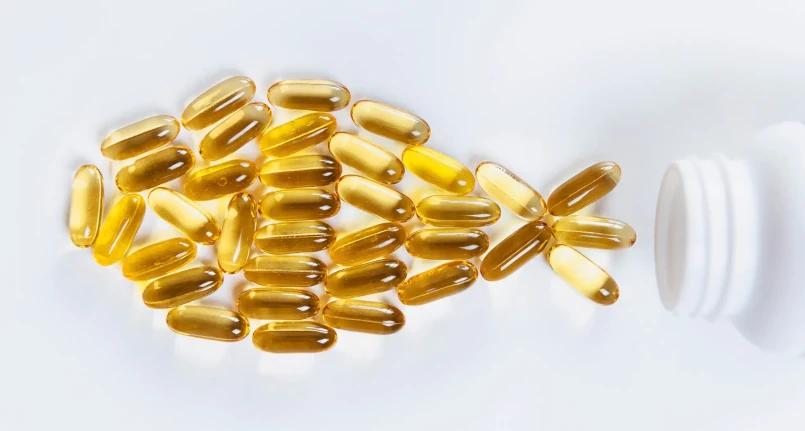What are Omega 3s?
The Omega three family includes fatty acids: alpha linolenic acid (ALA), eicosapentaenoic acid (EPA) and docosahexaenoic acid (DHA). These nutrients belong to the group of so-called essential fatty acids , as the body cannot produce them and it is therefore necessary to introduce them in the diet. To tell the truth, EPA and DHA can be obtained starting from ALA, which the body must necessarily take in with the diet; however, certain circumstances ( old age , pharmacological therapies, etc.) affect the efficacy of this conversion metabolism , favoring the lack of EPA and DHA.
For these reasons, everyone should respect a diet sufficiently rich in alpha linolenic acid, preferably also characterized by the additional presence of eicosapentaenoic and docosahexaenoic acid.
Omega 3 and Brain
Omega 3: Action on the Brain
Omega three (particularly DHA and EPA) are related to brain health in several ways. In this sense, the main functions are:
- They constitute a very important structural element
- They promote circulation thanks to:
- Vasodilating capacity
- Blood thinning
- Anti-atherogenic potential
- They prevent some cognitive disorders
- They could have a protective effect on the typical degeneration of old age
-




